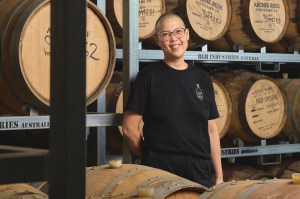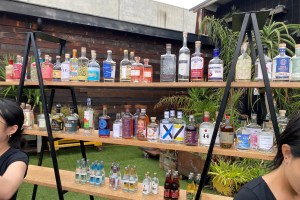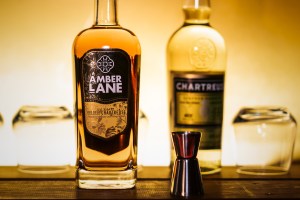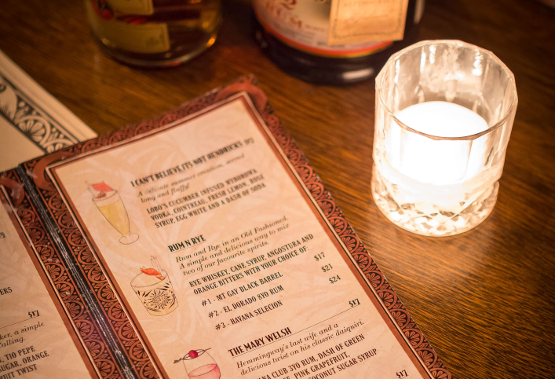What's Hot
Celebrate a Century with Australia’s Oldest Spirit
To celebrate their 100th distilling season in 2025, St Agnes...
NEW BY POPULAR DEMAND – BAROSSA VALLEY ESTATE ROSÉ
NEW BY POPULAR DEMAND - BAROSSA VALLEY ESTATE ROSÉ For...
ARCHIE ROSE WHITE CANE RUM RIFF: FINALISTS ANNOUNCED!
With over 100 entries from bartenders across Australia, finalists for...
The Glendronach Unveils ‘The Masters Anthology’: An Ode To Sherry Cask Mastery
A new collection of Highland Single Malt Scotch Whisky that...
Taste the Legend with Theakston
Across the range of Theakston Ales, you will find a beer that fits your customer...
Kentucky is calling with Angel’s Envy: Win the Ultimate Angel’s Envy Distillery Experience!
After an incredibly successful first year, Angel’s Envy is launching...
Introducing ‘The Great Aussie G&T.’
The Great Aussie G&T campaign from Never Never Distilling Co...
AUSTRALIAN DEAKIN ESTATE PORTFOLIO PARTNERS WITH OATLEY FINE WINE MERCHANTS
We are pleased to announce that from April 1, 2025,...
Billson’s: The Soda-liciously Flavour-Packed RTD range!
Looking to drive incremental sales and attract new shoppers? Stock...
Are you a champion of NSW Wines? Submit your wine list to the 2025 NSW Sommelier’s Wine List Awards.
The 2025 NSW Sommelier Wine List Awards are here for their sixth...
WATERMELON FELLR FOR EVERY OCCASION
Watermelon isn’t just a summer fling. It’s here to stay....
Archie Rose White Cane Rum Riff is Here!
We’re inviting bartenders across the country to showcase their skills...






























